Oolong tea
In part inspired by Miikka's wonderful post about handbrewing coffee, here's a tiny glimpse into the world of tea.
This morning, I enjoyed some oolong tea. To be more specific, Shan Lin Xi, a Taiwanese oolong from Nantou. I brewed it using a gaiwan.
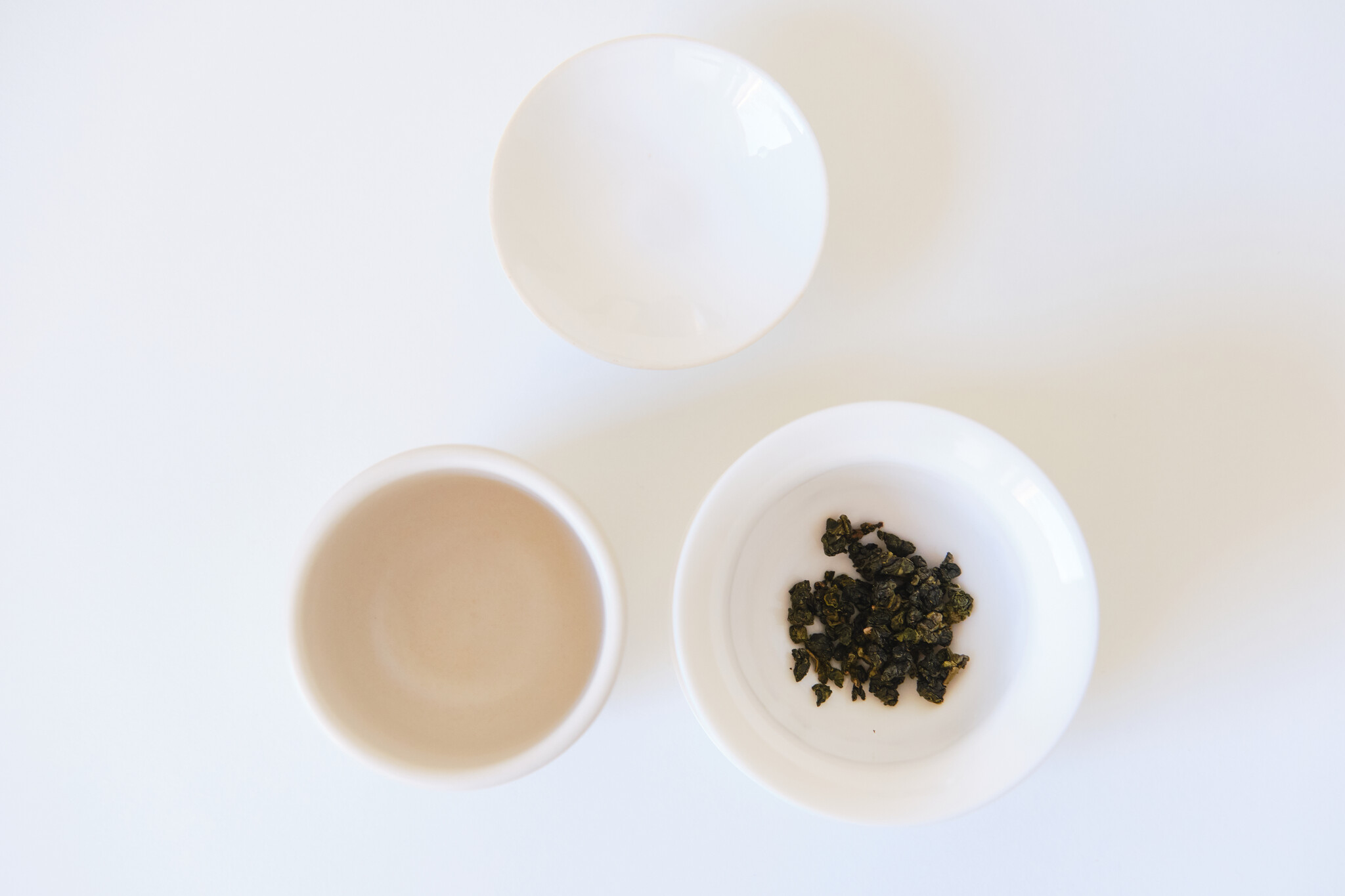
What is an oolong tea? Most of the various teas come from the same plant: Camellia Sinensis. The different colors and other names - black tea, white tea, oolong tea, and so on - refer to the processing the tea has undergone after picking. 1 Oolong processing usually involves oxidization, optional rolling, kill-green, and roasting.
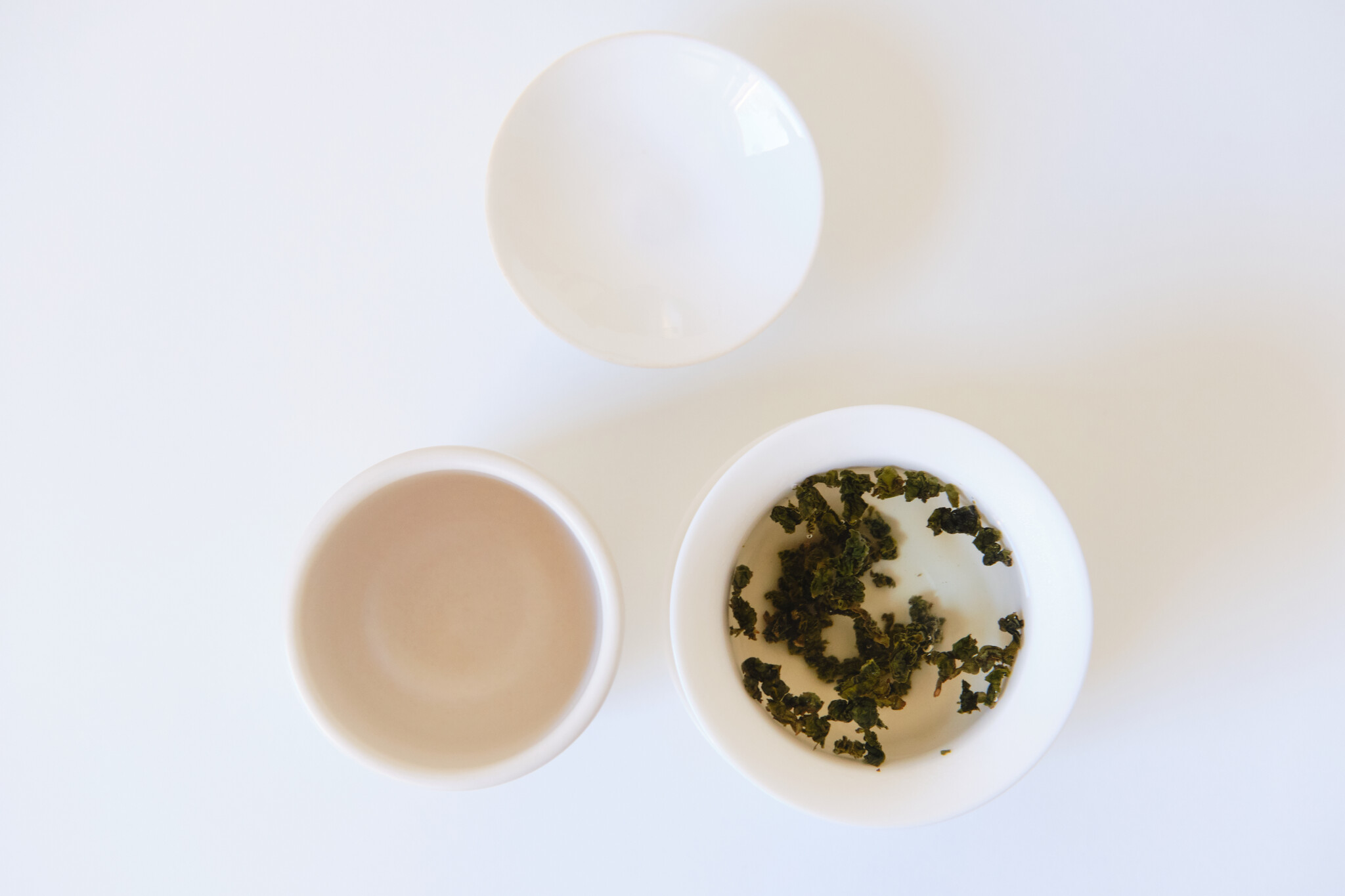
Oxidization involves letting the leaves sit after picking, and watching them turn progressively darker - in a similar way as you can observe any green leaf start wilting after picking. The level of oxidization affects the taste profile significantly: light oxidization gives you a floral, light, and sweet oolong tea. With strong oxidization, optionally accelerated by crushing the leaves a bit, you actually end up with black tea!
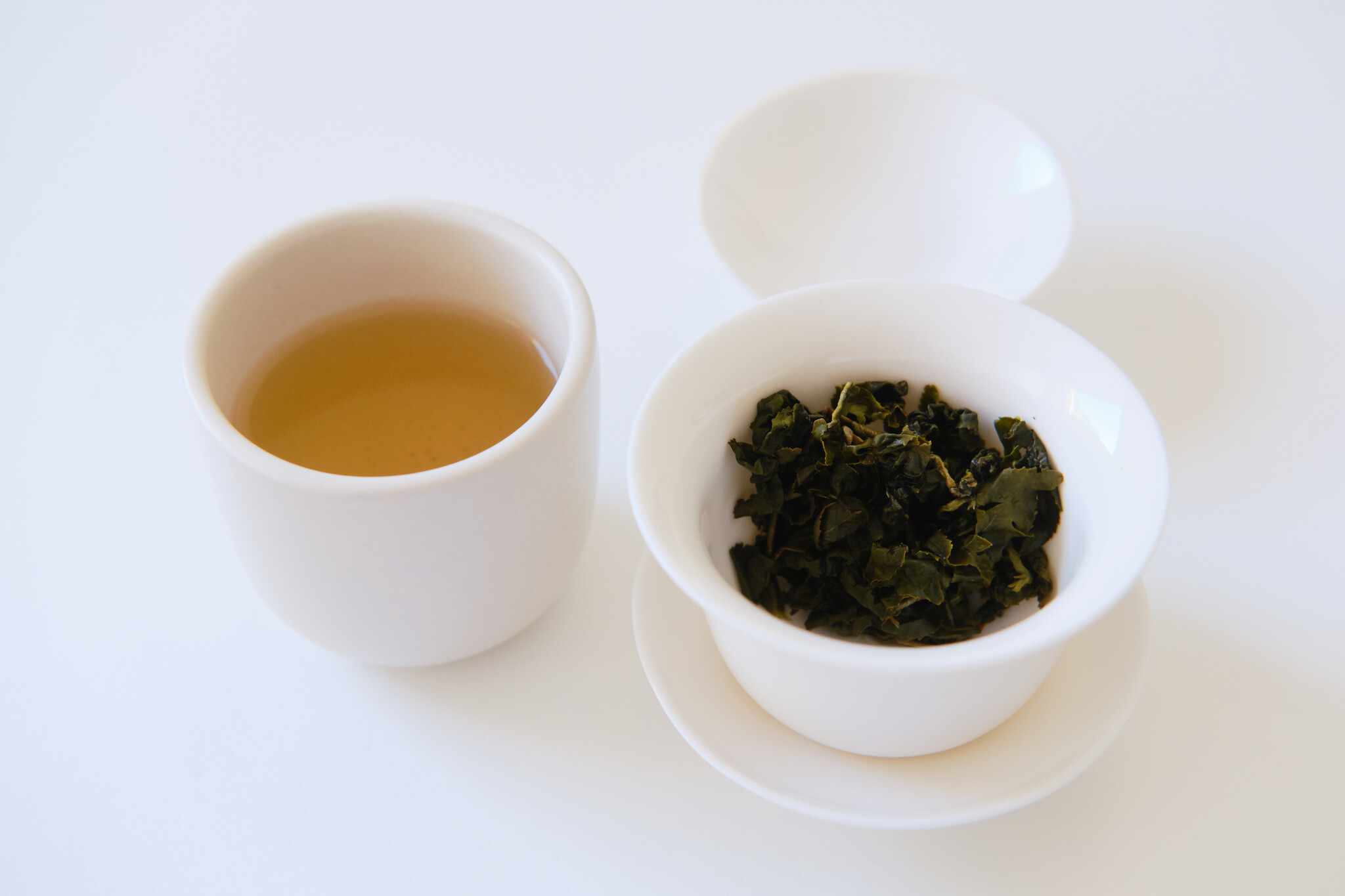
The next step is to stop the oxidization process. This kill-green step is usually done by baking or panning. The leaves are optionally rolled into little balls, with whole leaves and small twigs intact. When steeped, the leaves start unrolling beautifully and are a joy to watch. They open up progressively, steep after steep, until you end up with leaves that could be straight off a bush.
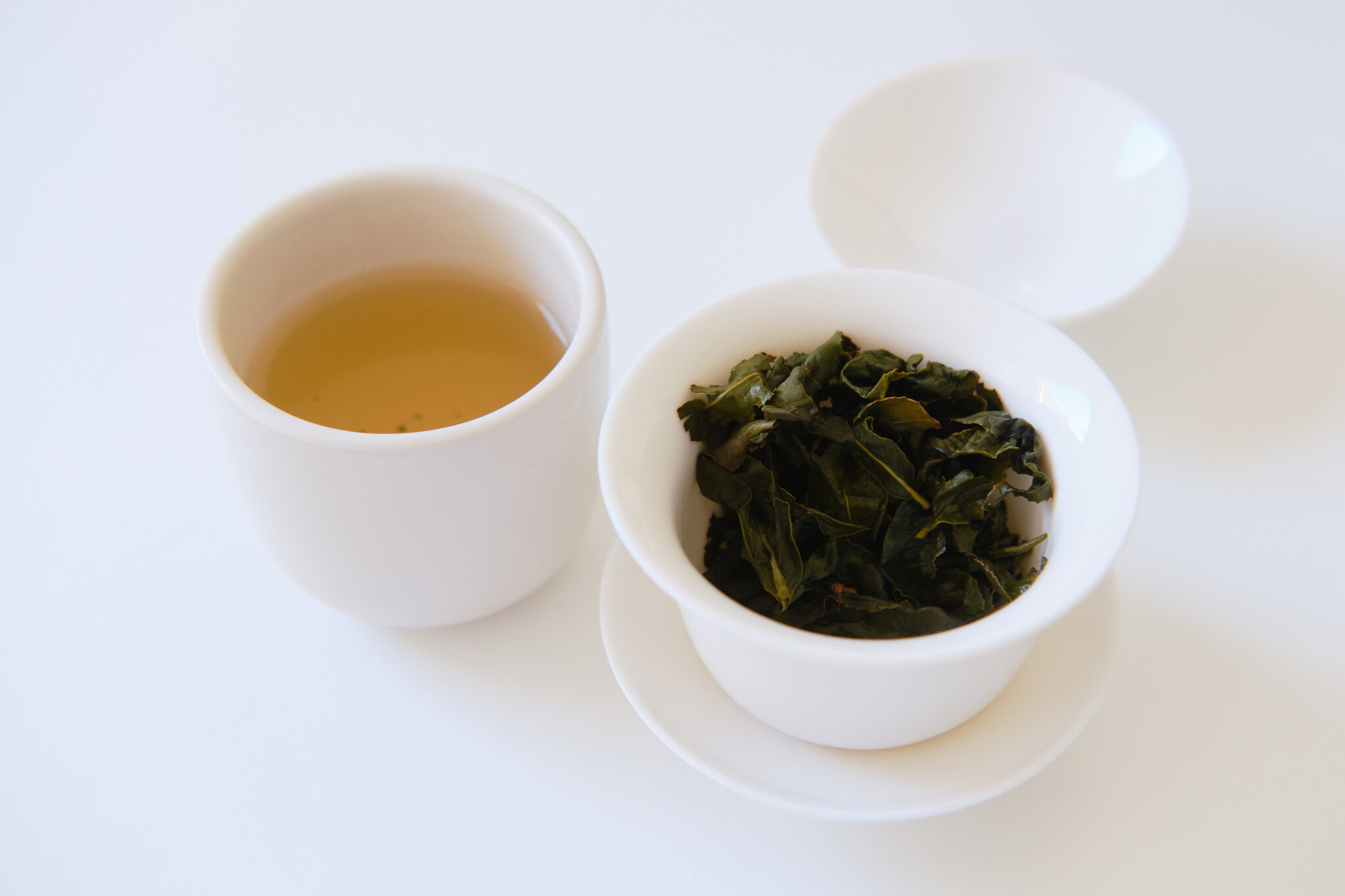
The last step in oolong processing is roasting. This is another adjustable parameter: lighter roasting keeps the tea grassy and floral, heavier roasting gets you towards darker and roasty taste profiles.
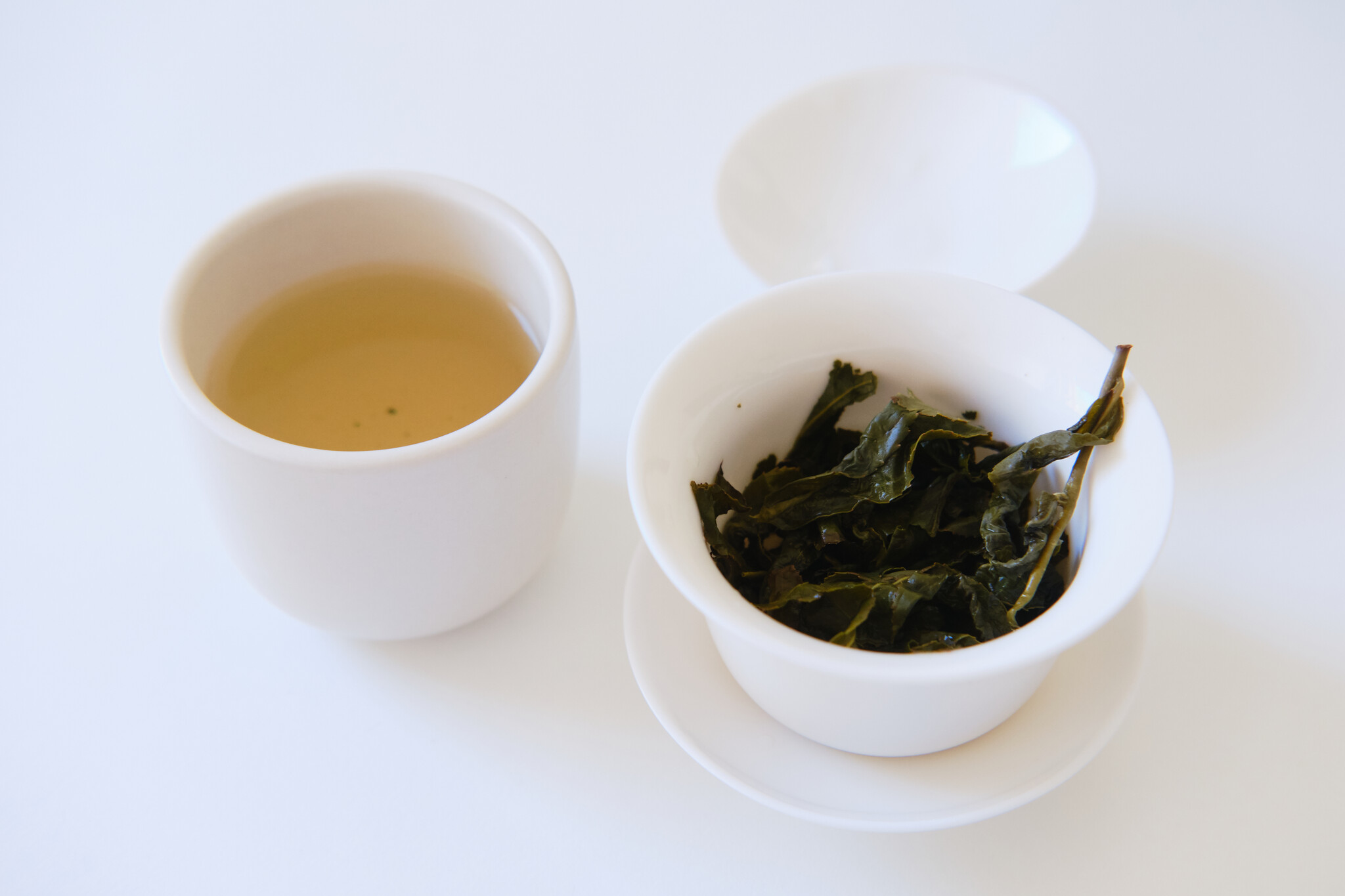
I'm using a gaiwan, literally "lidded bowl" to make the tea. It's a simple porcelain bowl, and a great hands-on brewing method for tea. It's a small bowl, so you can control the leaf to water ratio easily. Because of low mass, the temperature can be controlled fairly accurately. Due to the small volume, steeping time is easy to control, as pouring the water in and the tea out can be done rather quickly. In short, a gaiwan gives you great control over the main parameters of tea brewing. Additionally, big leaf-to-water ratios and short steep times enable multiple steeps in succession - it's not uncommon to resteep the same leaves 6 times or more.
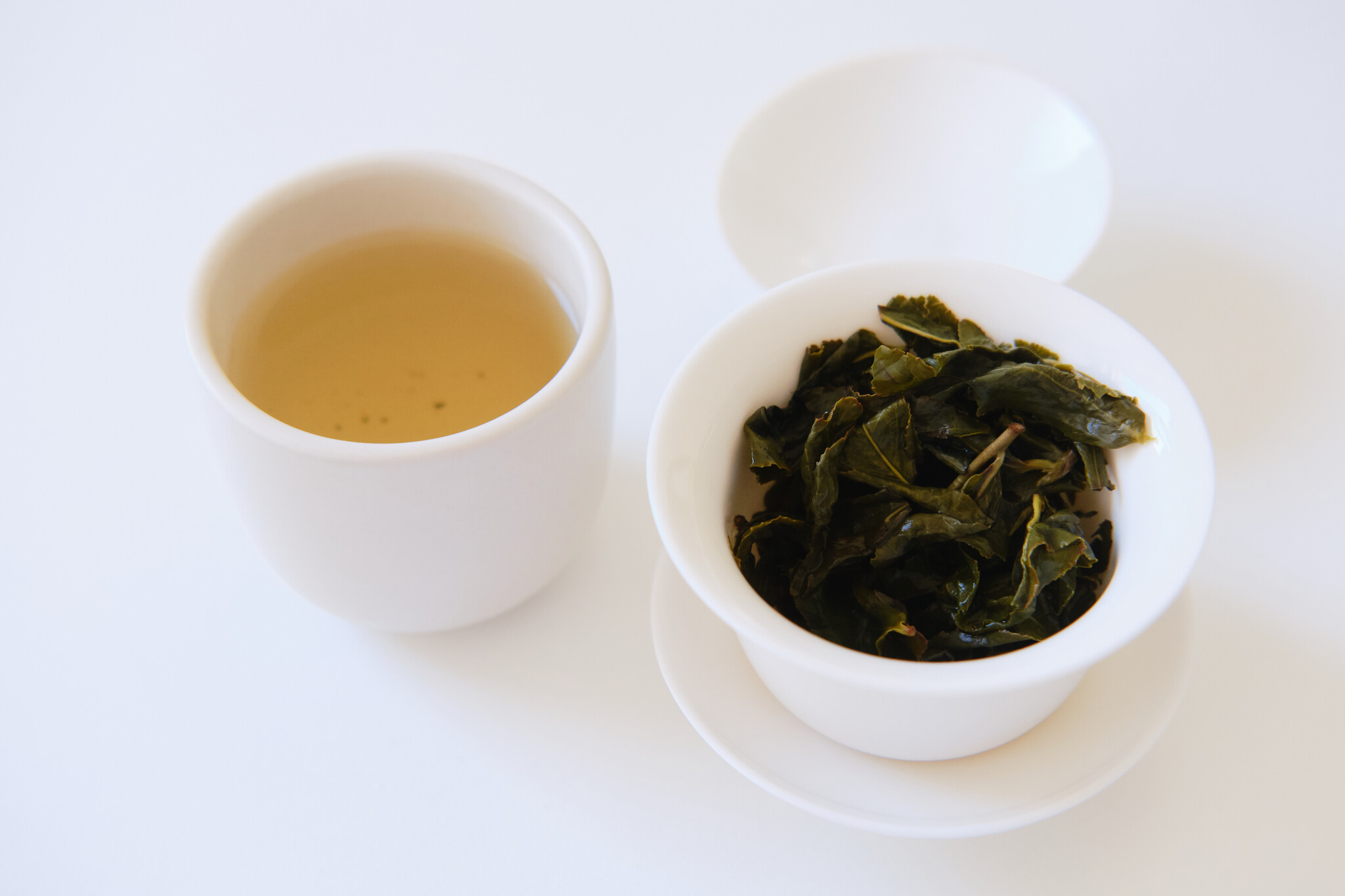
However perhaps more importantly, it is a joy to use. The process is quite meditative: measure leaves into the bowl, pour in water at a specific temperature, watch the leaves interact with the water. Perhaps stir a bit with the corner of a lid. When you decide the brew is ready, whether by eye or a timer, place the lid on top at a slight angle. Lift up the lidded bowl and pour into your drinking cup - the lid serves as a strainer, keeping the leaves behind. Look at the color of the poured tea liquor. Smell the leaves in the gaiwan. Have a sip of the tea and smile.
Wikipedia has a great graph on the differences.